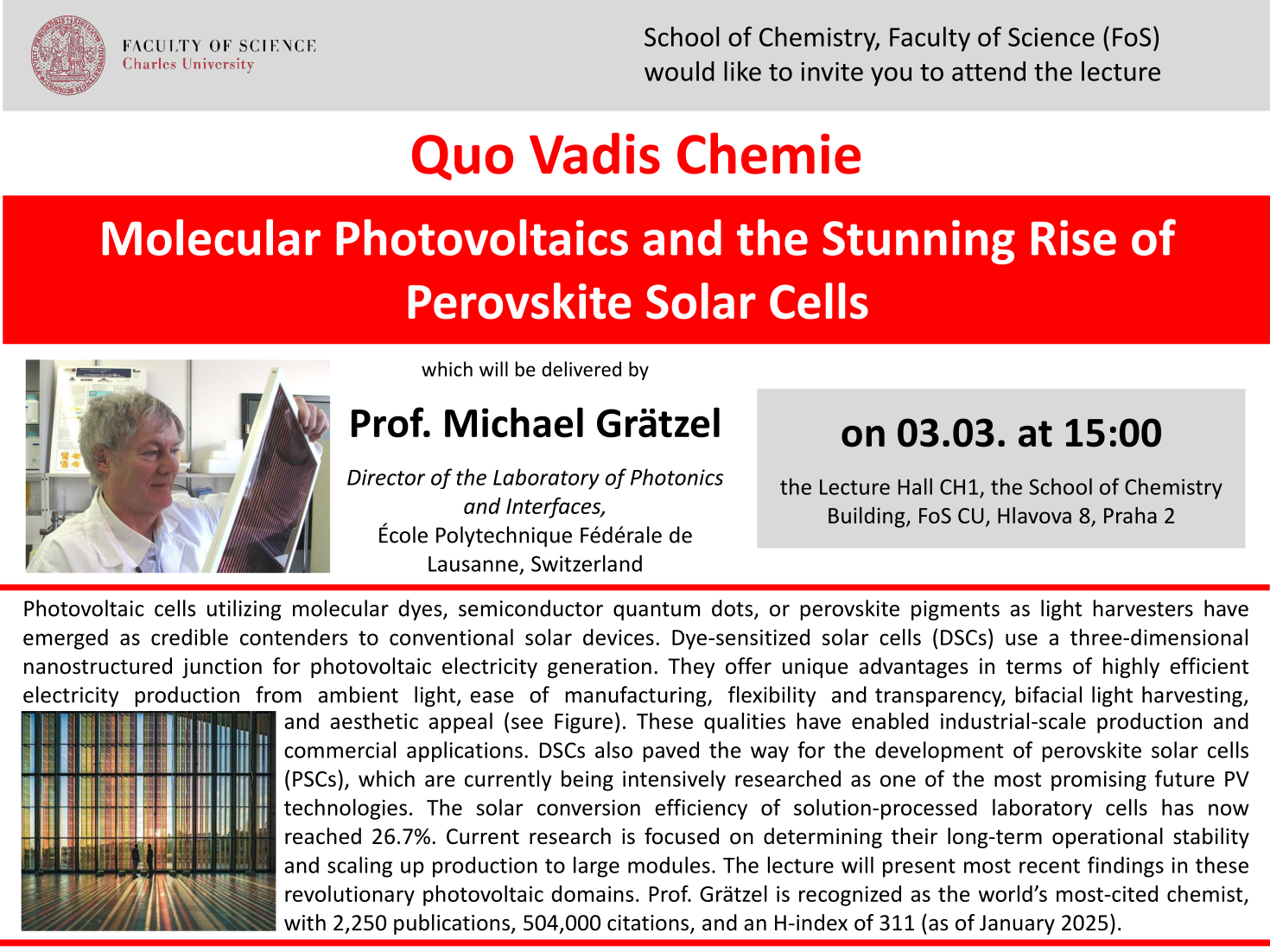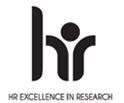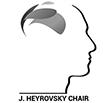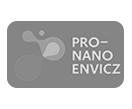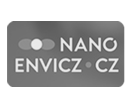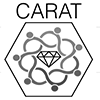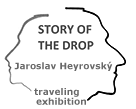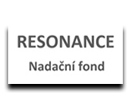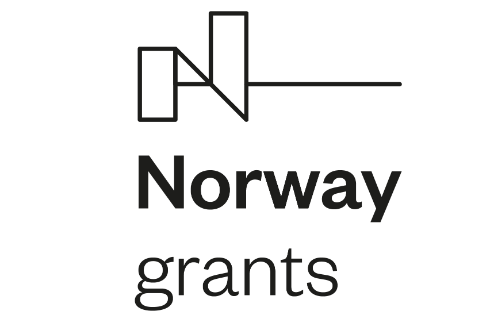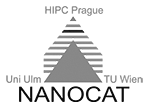Prof. Michael Grätzel: Molecular Photovoltaics and the Stunning Rise of Perovskite Solar Cells
We invite you to the lecture of prof. Michael Grätzel that will be held on 03.03. at 3 PM in the Lecture Hall CH1, the School of Chemistry, Building, FoS CU, Hlavova 8, Praha 2.
Photovoltaic cells utilizing molecular dyes, semiconductor quantum dots, or perovskite pigments as light harvesters have emerged as credible contenders to conventional solar devices. Dye-sensitized solar cells (DSCs) use a three-dimensional nanostructured junction for photovoltaic electricity generation. They offer unique advantages in terms of highly efficient electricity production from ambient light, ease of manufacturing, flexibility and transparency, bifacial light harvesting, and and aesthetic appeal (see Figure). These qualities have enabled industrial-scale production and commercial applications. DSCs also paved the way for the development of perovskite solar cells (PSCs), which are currently being intensively researched as one of the most promising future PV technologies. The solar conversion efficiency of solution-processed laboratory cells has now reached 26.7%. Current research is focused on determining their long-term operational stability and scaling up production to large modules. The lecture will present most recent findings in these revolutionary photovoltaic domains. Prof. Grätzel is recognized as the world’s most-cited chemist, with 2,250 publications, 504,000 citations, and an H-index of 311 (as of January 2025).
